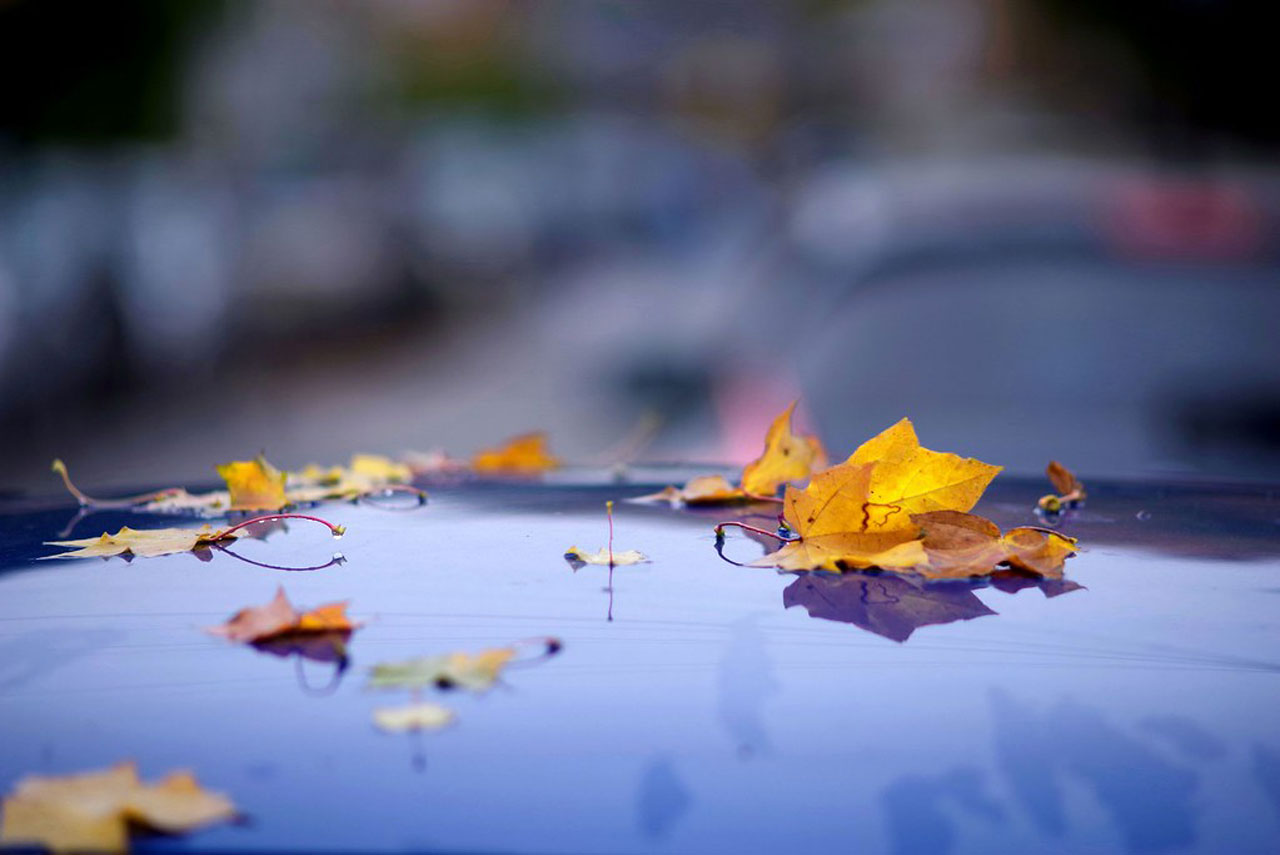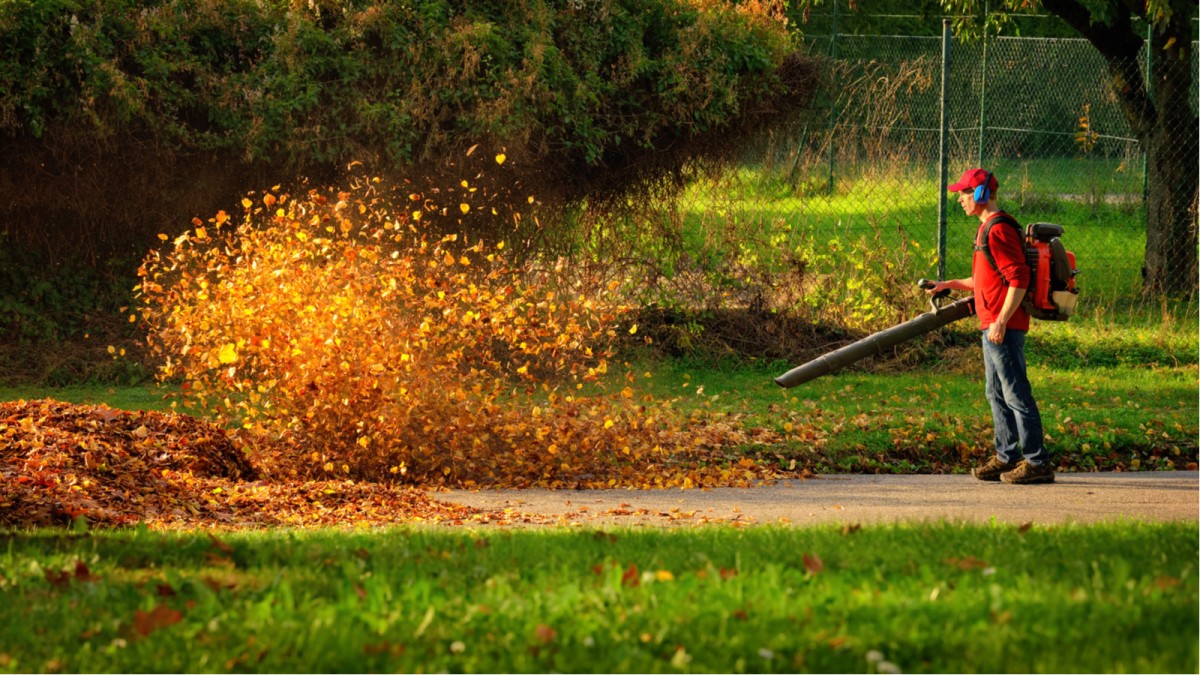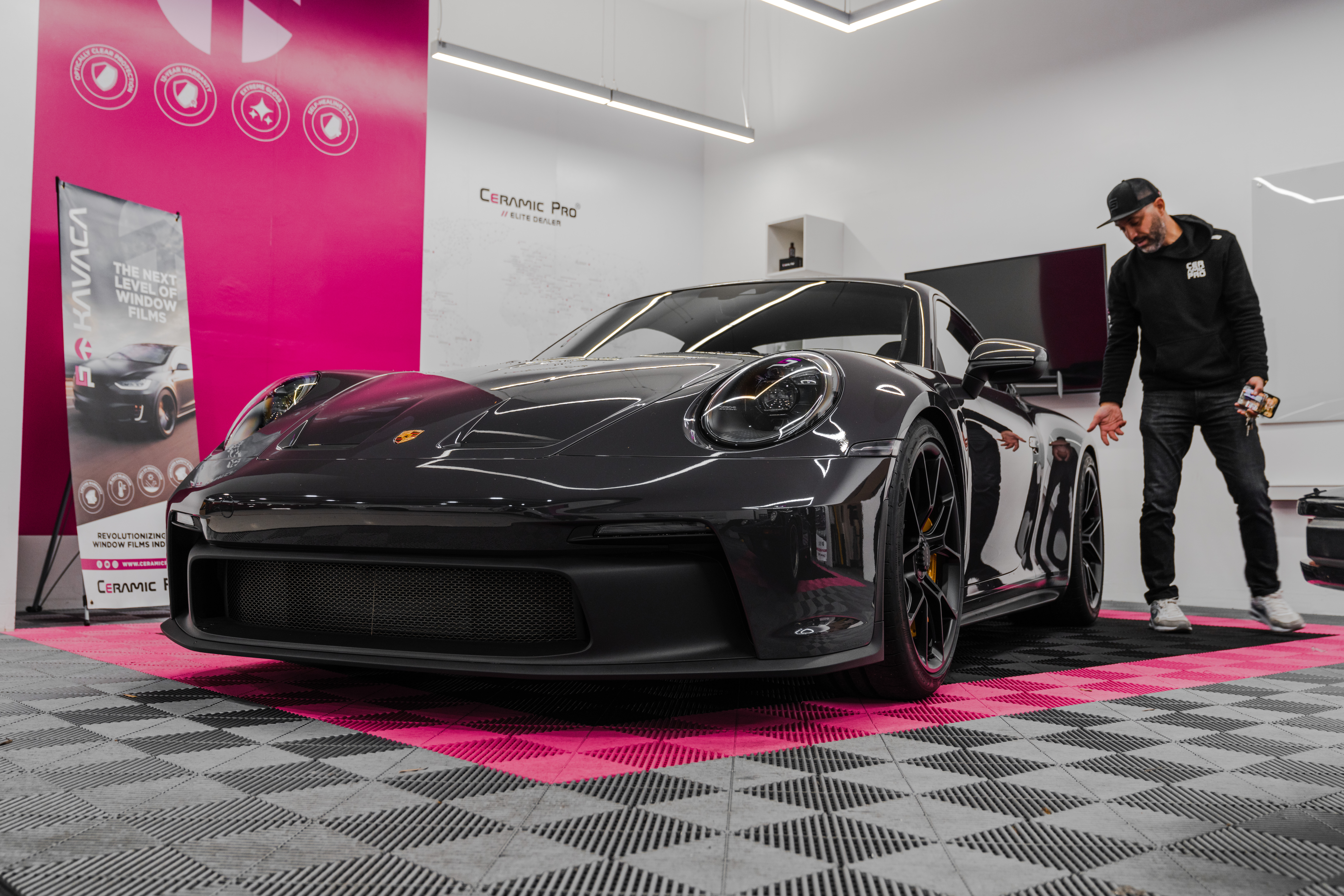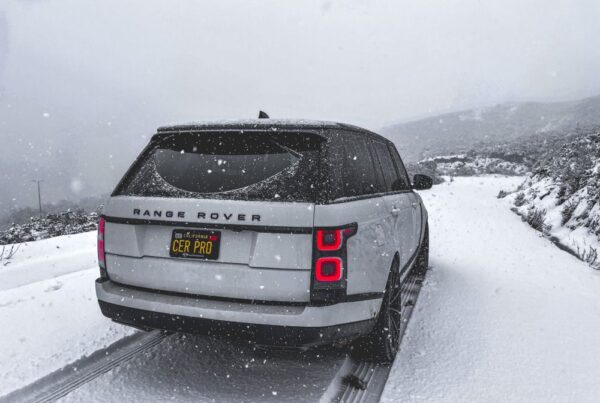When the weather starts to drop, so do leaves from trees. Foliage in the mountains and colder-climates on Aspen trees and others is an amazing visual. But, as they fall to the ground, they begin to cause a lot of damage on car paint surfaces, windows, and other automotive materials. Mix water, snow, and ice – and you’ve got a potent blend of natural acids and toxins that can cause leaf stains the surface of your ride.
For those unaware, leaves and all plant life contain acid-based materials, that help them absorb carbon-dioxide and convert into human-helping oxygen. As they die, the leaf inner composition begins to seep outside – and that’s when the damage can begin.
In today’s CeramicPro.com blog, we’re going to dive into plant science. Some of the information will be a refresher of your high school Biology course. But in the end, we’ll aim to simplify the details and explain why it’s a great idea to protect your vehicle with a high-quality paint protection solution.
The Science Behind Leaf Stains on Car Paint
So – you’re driving down the country road, and you see a huge pile of dried leaves sitting on the ground. What do you do – commit to full send and blow those leaves all over the road. The problem is – the bottom layer of those leaves is usually coated with water, which acts like glue to bond directly on top of your car’s paintjob.
This is when the chemical contamination starts.
Now, let’s be clear – not all leaves from trees are identical in chemical make-up or composition. The majority of fallen foliage in North America are comprised of multiple layers that helps them soak up UV rays and convert into energy via a chemical process that uses Chlorophyll.
The leaf is a major part of the tree that absorbs Co2. When all these active ingredients are blended, a process called photosynthesis converts them into sugar (which is consumed as food by the leaf) and oxygen (which is secreted as waste).
Like human skin, there is a layer of epidermis – which serves as the outer portion of the leaf that sticks to your vehicle’s paint, windows, headlight covers, and plastic trim. This is the part that secretes a wax substance known as the cuticle. It’s acidic in nature, and since it’s sticky – it bonds to the paint job when activated by water.
This is when the damage starts – as the acids in leaves from trees including Oaks, Maples, and Aspens are exceptionally strong. In fact, there are studies that indicate that many of the leaf toxins are just as damaging as bird droppings. You’ll find this common in sap producing trees – like those mentioned above.
When fallen leaves are mixed with water, the process of corrosion begins – as the electrolytes help to expedite the degrading on a paints clear coating, and the top layer of plastics, rubber, and even glass. If the leaf remains on the vehicle for extended periods – it can lead to stains that can only be removed via paint correction. Continued exposure will eventually create rust.
Do Falling Leaves Cause Other Automotive Issues?
That would be a resounding YES. Leaves are a leading source of paint damage, window stains, and corrosion on many unprotected plastics and headlight covers. However, leaves on the road also reduce traction – which can lead to accidents while navigating turns. This issue is accelerated when water, snow, and ice is mixed with the leaves.
You’ll also discover that fallen leaves will stick to the front of the vehicle – which can obstruct the radiator and lead to overheating problems with warm water overflowing and causing engine damage. A leaf can also cause issues with your filters – including the air intake, get stuck between brake calipers and rotors, and even cause steering problems.
How to Reduce Damage Due to Fallen Leaves
As the old saying goes – the best way to avoid damage is to reduce exposure to the source. While it’s nearly impossible to completely avoid leaves on the roads, there are a few small things you can do to reduce damage.
Remove them Quickly: Anytime your car has a leaf stuck to your paint or vehicle, it’s best to remove them ASAP. If you can do this by hand – that’s best. If you can’t – consider using a hose or high-pressure washer to spray them off. This will likely create a lot of leaf shrapnel – so make sure you get everything off the surface – and those small nooks and crannies.
Don’t Park Under a Tree: Not all trees shed their leaves in the fall. Some trees – especially in Texas or southern US will lose foliage in the springtime. Nonetheless, the best way to avoid leaf exposure is to not park under the tree. This will also reduce exposure to pollen and tree sap – two other contaminants.
Wash Your Car Every Two Weeks: This is a general automotive exterior tip – but it’s crucial in the fall season. Leaves that fall on a vehicle can cause a lot of damage – but so can leaf debris. In many instances, it’s a fine powder that sticks to the paint surface. Overtime, the leaf waste will begin to eat away at the protective clear coating. Washing your vehicle every few weeks will reduce this type of damage. Using distilled water as a final rinse will reduce water stains.
Consider a Professional Paint Protection Solution
While traditional car wax and synthetic paint sealants have been the go-to solution for years, modern technology has introduced many longer-lasting alternatives. If you’re looking for the optimal protection that can reduce the potential of swirl marks on the vehicle’s surface, paint protection film or a professional-grade nano ceramic coating is the way to go.
Ceramic Pro offers both solutions – KAVACA Instant Heal Paint Protection Film and Ceramic Pro 9H nano ceramic coating. Ceramic Pro 9H is offered to vehicle owners in four different packages.
- Sport Package – Six Months of Protection
- Bronze Package – Two Years of Protection
- Silver Package – Five Years of Protection
- Gold Package – Lifetime of Protection
Our nano coating cures to a hardness of 9H – or as strong as quartz. Unlike DIY coatings, our formulations are designed to build layers – which increases depth, for added protection and longevity. This technology combined with annual inspections can justify why we offer a warranty – when other companies simply can’t.
With KAVACA Instant Healing PPF, you can decide what parts of your vehicle need protection from potential paint defects.
- Front Bumper – This is the entry-level PPF, where the film is applied to the front bumper, headlights, and fog lights.
- Partial Front / Clear Bra – The clear bra installation is applied to the front bumper, top of the hood, headlights, and frontal exposed area.
- Full Front – The full front expands the coverage to include the entire hood, front fenders, and sideview mirrors. It also includes the door cups, or the background of door handles.
- Entire Vehicle – With the full vehicle PPF, the entire vehicle paintwork is protected against rock chips, road debris, ice melt, gravel, and blowing sand.
If you’re going to invest the sweat equity or money in having a professional detailer paint correct your ride, it makes sense to apply a high-quality paint protection solution. Click the button below to request a free estimate for Ceramic Pro 9H or KAVACA PPF.







